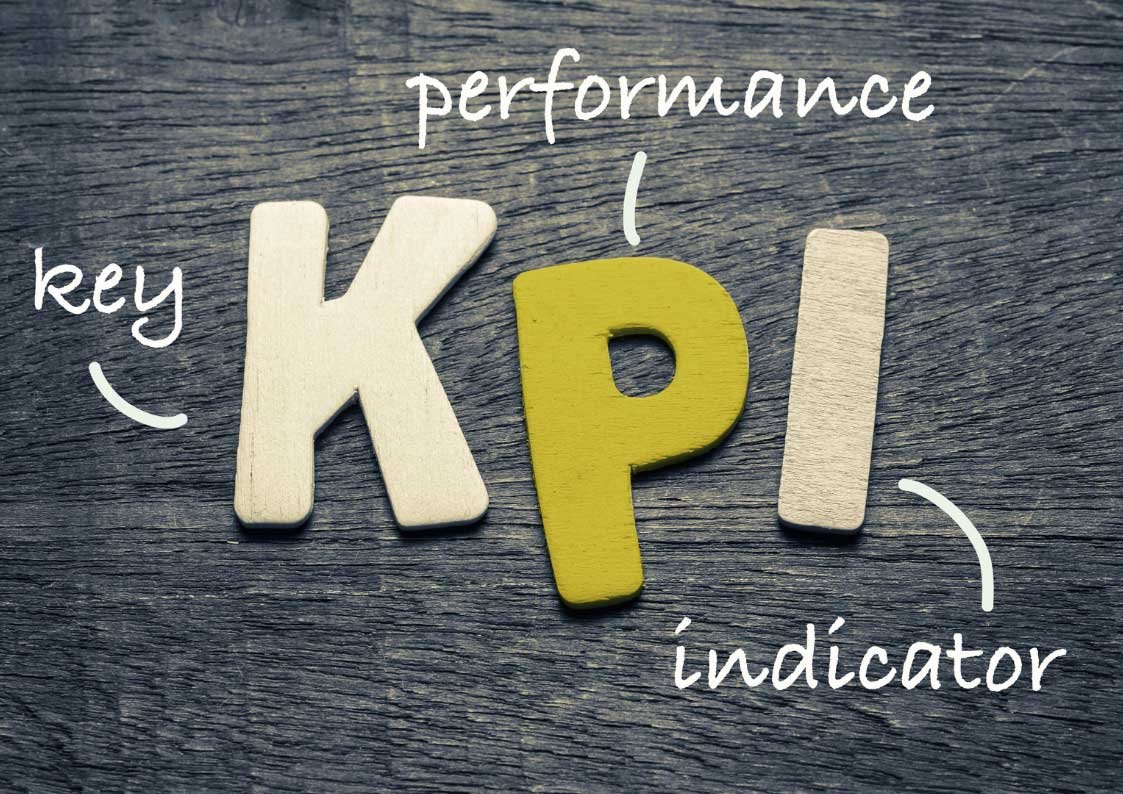What is a KPI (Key Performance Indicator)?
What is a KPI (Key Performance Indicator)? Key Performance Indicators (KPIs) are metrics that indicate a company’s performance, department or individual. The Key Performance Indicators (KPIs) of any company, department or individual should be measured. They measure workload and total productivity and tell if an entity is on target. A company that checks its key performance indicators often enough and uses a sensible method is more likely to succeed than one that occasionally carries out econometric analysis but does not check these KPIs frequently enough.
Why do companies have too many KPIs?
A key performance indicator (KPI) is a measure or metric that describes how well you’re performing. There are various metrics that can help you gauge how a company is performing against a specific goal. Managing KPIs is critical to a successful business, no matter the size.
It’s important to measure your company’s KPIs to get feedback. To anticipate that every consistent measure must be well communicated so no one flies blind by the numbers. Without KPIs, it’s difficult for managers to assess their own work, the progress of their team, sell group goals, incentivize others and steer the company in the right direction.
7 Key Performance Indicators that every sales manager should use
Conventional wisdom is wrong; sales per salesperson isn’t the only way to measure your success. You need to understand your own strengths, not just how you think things should work.
KPIs are measures of success in a business or organisation. The most common key performance indicators (KPIs) include sales performance, customer service metrics, and internal metrics.
They are also used to measure progress toward a goal. As your strategy grows and evolves, it’s essential to keep an eye on your company’s KPIs and key performance indicators (KPIs). Sometimes it’s helpful to get your sales messages in front of prospective customers via automated emails.
Here are some of the KPIs you must know:
1. Sales volume by location
To compare sales volumes across regions, you’ll need to look at both physical stores and online transactions. Once you’ve identified which region is experiencing higher demand, you can adjust marketing or shipping accordingly.
When you look at the geographic areas where your products are selling the most, you can get a sense of what is driving your sales volume. If you’re comparing numbers across physical stores, you can use A/B testing to get results for each.
For example, if two locations see a similar sales volume in January, consider running a promotion at one location, and not the other, in February. You can also promote your product with other strategies, including promotions, shelf displays, discounts, coupons, demos, or samples.
2. Competitor pricing
Whether you run an eCommerce site or just sell products from your own website, this guide will show you how to compete with other eCommerce sites,
It’s never a good idea to price match if your prices aren’t different. If you know your average product pricing, you’re better off than a lot of other businesses that don’t because it’s possible to measure
And make sure you’re training your reps to handle pricing objections appropriately. Have your representatives talk about price without defaulting to discounts.
3. Existing client engagement
Ensuring long-term business is dependent on maintaining a good relationship with customers. Sales people can build trust and keep customers happy by regularly touching base with their customers to understand how things are going and how they can help. Customers know that when reps are available to help, they will always have someone there to support their business needs.
In addition to benefitting your business’s bottom line, maintaining good client relationships is a key component of a successful business. The best way for sales people to measure their success is by keeping a tally of interactions with each of their clients and then comparing the number of touches to the average length of a client relationship. You can use different social media platforms to engage with customers, clients, and potential buyers.
Take a closer look if, for example, you notice that your top 10 clients contact your sales rep about their business only once per quarter. When the touch base occurs, the rep can assist the customer by using their skill set to help clients find a solution that matches their needs.
4. Employee satisfaction
A sales representative can get tired of working. But don’t worry! One of your biggest challenges is motivating and enjoying your sales reps. Employee feedback is crucial to the success of any sales culture. It’s essential to use KPIs to measure your team members and your performance as a manager.
Use an NPS survey to measure how well your employees perform and how satisfied they are. Then, if you find that the study is too broad, ask a few open-ended questions to help narrow down the results. When you get burned out, you need to learn to spot it early and stop it before it gets out of control.
5. Upsell and Cross-Sell Rates
To identify which leads are most qualified in your CRM, track the numbers of your existing customers upselling and/or cross-selling and have your sales reps make value-based pitches to target vendors and industries.
For example, if Reps successfully sell Feature X to clients with Product Packages Y after six months of tenure with you, there may be a good strategy worth adding to your business processes.
Look at when, how, what, and to whom your representatives are upselling and cross-selling, and adjust your efforts accordingly.
6. Sales cycle length
Similarly, it’s helpful to look at the length of time your team’s sales cycles last before they close. This can tell you more about the customer experience before hiring someone and how many reps churn. How active are customers six months from onboarding?
Analyse the number of closed businesses produced by any given sales cycle length. And don’t forget to also look at how successful those deals are down the line.
Once you have data on your performance metrics, be sure to analyse the information to understand why they came up with those results. Then, put together a plan to improve performance and avoid future issues. And remember, as important as establishing performance metrics are, they should always be tied to an overarching goal.
7. Close ratio
Is the close-ratio a metric used to quantify outreach effectiveness? This metric works in conjunction with system touch to help capture the number of closed deals. Close-ratio can be calculated by dividing the number of actual closes by the number of leads generated.
5 basic KPI formulas you must measure
To get through to the person you’re calling, you must first decide what type of communication will work best for that particular call. Sometimes it’s helpful to get your sales messages in front of prospective customers via automated emails.
It’s critical that the measurements you make are based on real performance data and that your measurement decisions show up the differences that you see in the company’s performance.
Follow these five tips to help you choose the best quantification method for each of your performance measures. So, the question is, what should you track for your business?
#1: Counts
It’s hard to count because it takes a lot of effort and time.
If you want to know how many people are doing good in an area, then a counter is probably the easiest method to track that.
There are several statistics to use for social responsibility. A statistical tool is a better approach for seeing how many people are doing good in several areas.
Counts are only as accurate as of the population they represent, and when a group of people changes over time, the results are often skewed.
A percentage shows you the degree to which your results are happening more accurately.
#2: Percentages
A great way to determine the effectiveness of your sales team is to look at the percentage of products sold. So don’t be fooled into thinking that it’s the same for everyone. If a person is good at pre-sales, they will have to work just as hard to convert their leads into actual purchases, regardless of their previous sales experience.
Why is it important to know the sales percentage? You can use this to gauge the effectiveness of your team and see if they are doing their job effectively. This is a great way to track the progress of your company as a whole or to see how well your team is doing during certain times.
#3: Sums or totals
In many countries, such as the USA, Australia, New Zealand, and Canada, ales of products made up of more than one item are considered to be multiple-item transactions.
For example, their values cannot be precisely calculated. Sales totals are an example of such a number. Sums, counts, and totals are very useful in a specific context.
It allows you to measure the performance of one specific task in isolation from other tasks. However, these numbers alone are often insufficient to understand how the activity has affected the entire business.
#4: Averages
To compute the average sales in a period, you can simply find the total value of all sales orders in the chosen timeframe and divide by the intervals. For example, if you want to know the average sales in a week, get the total weekly sales divided by 7 days.
Why is it important to know the average sales? This can be useful when you want to compare the performance of two different periods. For example, if one period has a higher average sales than another and is more recent, that might mean the business is doing better than the other period.
#5: Ratios
A ratio can be thought of as dividing one thing (numerator) by another (denominator) and is a bit different from an average, which is how the two sums are divided. A ratio is a way of comparing two things and expressing one as a fraction of the other. A call tracker is a handy way of measuring productivity. The numerator is the time you spend on calls that generate revenue.
Input (denominator) is the number of sales calls you complete in an average month. A ratio will help you compare productivity between employees who do different jobs. Ratios are a great way to quantify data, especially when it comes to business intelligence.
Keep in mind that ratios can sometimes be a little misleading. An example of this is the “compound” number of a compound interest rate. This is the most accurate way to calculate ratios, and using this method will give you an accurate understanding of which items perform well in which market segments.
What happens if you don’t measure your KPI?
If you don’t measure how well your product is doing, then it’s hard to know if the changes or tweaks were effective. You can use data from analytics tools like Google Analytics or Mixpanel to better understand what’s working and what is not.
KPIs are a set of metrics that allow you to measure your sales team’s effectiveness. They include things like revenue and customer satisfaction and other metrics like lead generation, sales conversion rates and average order value.
Learn more on how to use KPIs in your business
How can a digital agency help in using KPI for your business? See this article to learn how to set and use KPIs, which is a significant thing for business professionals, especially those in sales. Calculating key performance indicators (KPI) is an important and often necessary part of managing the day-to-day activities of a business.
Learn More on How to Use KPIs in Your Business: There are many ways to use key performance indicators (KPIs) in your business. You can track and analyse key performance indicators to track progress and make changes to your business to improve results.
Ubique Digital Solutions can help you understand and utilise the KPI for your business. By understanding your company’s key performance indicators, you can better assess your progress and make necessary changes to ensure continued success. UDS will help you with strategies and plan for your next move to improve your performance and achieve your sales goal. Understand your KPI and see good results and profits. Contact us now























